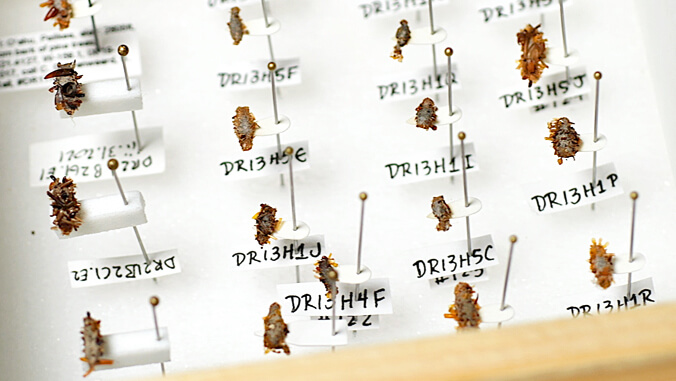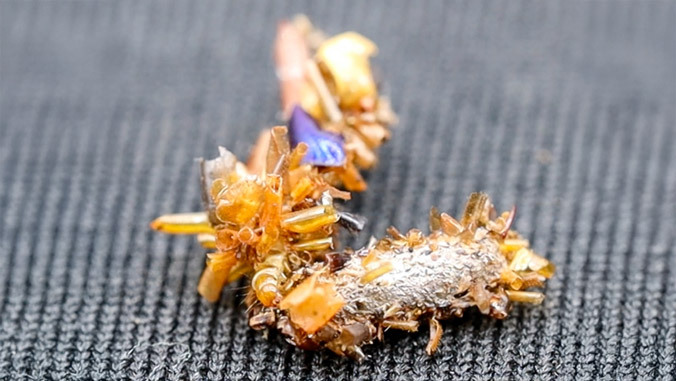

Scientists at the University of Hawaiʻi at Mānoa have found a new caterpillar species with unique and bizarre behaviors—it lives in spider webs and decorates its portable home with the body parts of the spider’s prey. This remarkable discovery, reported in a new study in the journal Science, also reveals the species to be endangered.
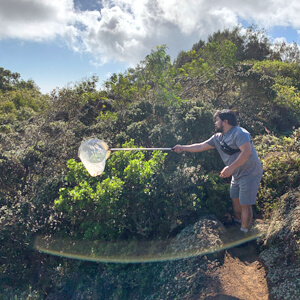
The caterpillar, a member of the Hawaiian Fancy Case Caterpillar group also known as the genus Hyposmocoma, has been named the “bone collector” caterpillar due to its macabre habit of adding insect body parts into its silken, portable case. Researchers have observed these caterpillars measuring and attaching body parts such as fly wings, weevil heads and earwig abdomens to their cases.
“The bone collector caterpillar is another example of how incredible and unpredictable evolution in Hawaiʻi can be,” said Dan Rubinoff, a professor at the UH Mānoa College of Tropical Agriculture and Human Resilience. “Not only are they the only caterpillars in the world to decorate their homes with body parts but maybe more shocking, they make their living hanging around spider webs. This is something we never even imagined was possible. But in Hawaiʻi, here it is.”
Rubinoff co-authored the new study with UH Mānoa scientists Michael San Jose and Camiel Doorenweerd.
Carnivorous caterpillar
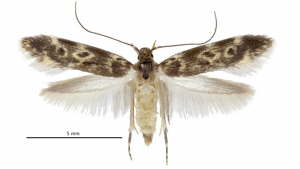
The caterpillars are carnivorous and live with spiders in webs located in tree hollows, logs, or rock cavities. The predator opportunistically feeds on weakened or recently deceased insects within the web, even chewing through silken webbing to reach their meals.
However, the study also reveals a troubling reality: the newly discovered species is already endangered. After decades of searching, the caterpillar has only been found in a small 15-square-kilometer area of forest in the Waiʻanae mountain range on Oʻahu.
Ancient roots
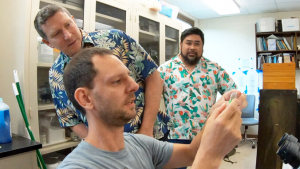
The researcher team estimates that the evolutionary origin of the bone collector caterpillar lineage dates back at least six million years, significantly older than the current islands of Hawaiʻi. This suggests that the species may have once been more widespread across the ancient and now sunken islands to the northwest of the main Hawaiian archipelago.
Scientists at UH Mānoa are calling for immediate conservation efforts to preserve the habitat of the bone collector caterpillar and prevent the loss of this remarkable species.
